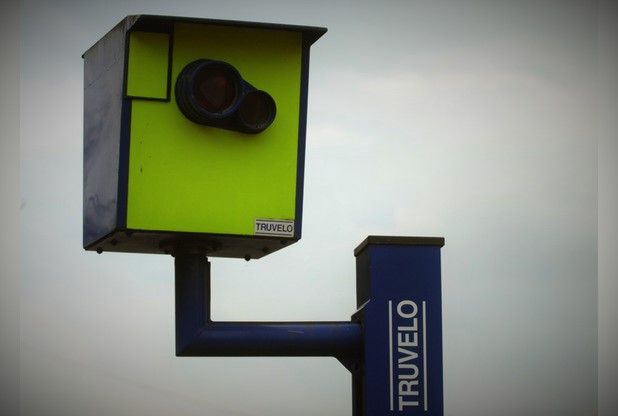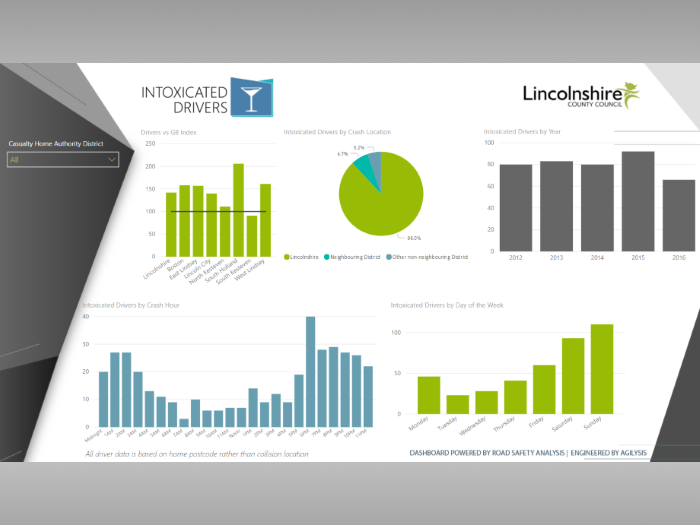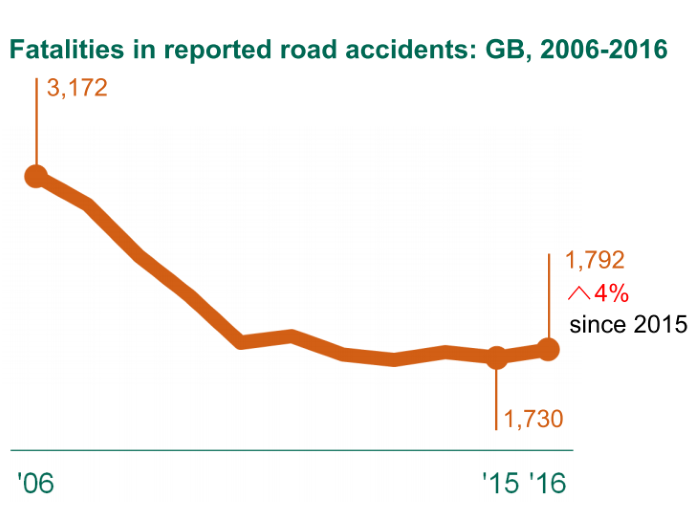
Analysing Northamptonshire’s Switched-Off Speed Cameras
March 10, 2016
Evaluate, Evaluate, Evaluate
April 27, 2016Using Social Media to Sell Safety
Last week Steve and I delivered a two-day pilot training course for the RSGB Academy which was aimed at introducing road safety and transport teams to the wild world of social media. Rather than bombard the attendees with technical jargon and lots of walk-throughs, we instead built the two days into a story, exploring why you would want to use social media rather than just showing you how to do it. In fact, we didn’t really get hands-on until day two but by that time the attendees were already very clear about what type of content and messages would work best for the specific audience and channels.
One of the problems in selling safety is that quite often people just don’t want to hear the message, and the receptiveness differs depending on the setting. An educational video about, say, texting and driving may work well in a small workshop setting but would fail spectacularly on a social sharing channel. The attendees found several examples of high-quality educational messages that were panned by young drivers online and received very little traction and views. One was so excruciatingly naff it actually managed to achieve significant numbers of shares as people mocked it! There were other examples however of great messages that were shared and discussed amongst online communities and these #epicwins provided a pointer for future types of campaigns.
The Venn diagram above was referred to several times on the course and is perhaps a little generous in the amount of overlap! When people use social media they want to engage with and share the things they value, and the messages we want to share are often of no interest whatsoever. Finding the overlap is key and quite often we are limited in what we can reasonably expect to work. The attendees reviewed other road safety social media campaigns and were critical of the content regularly shared, much of which received next to no engagement.
Road safety professionals are very good at broadcasting, and also have success working closely with people face-to-face but new skills are required to understand sharing. Understanding the demographic and copying mirroring other people’s success offer a short cut to success. Choosing the right channel for engagement is also very important, something we discovered when reviewing the shift in young people from Facebook to Snapchat and Instagram. Finding new ways to make these (often puzzling) networks work for us in delivering road safety behaviour change is going to be a tough challenge.




